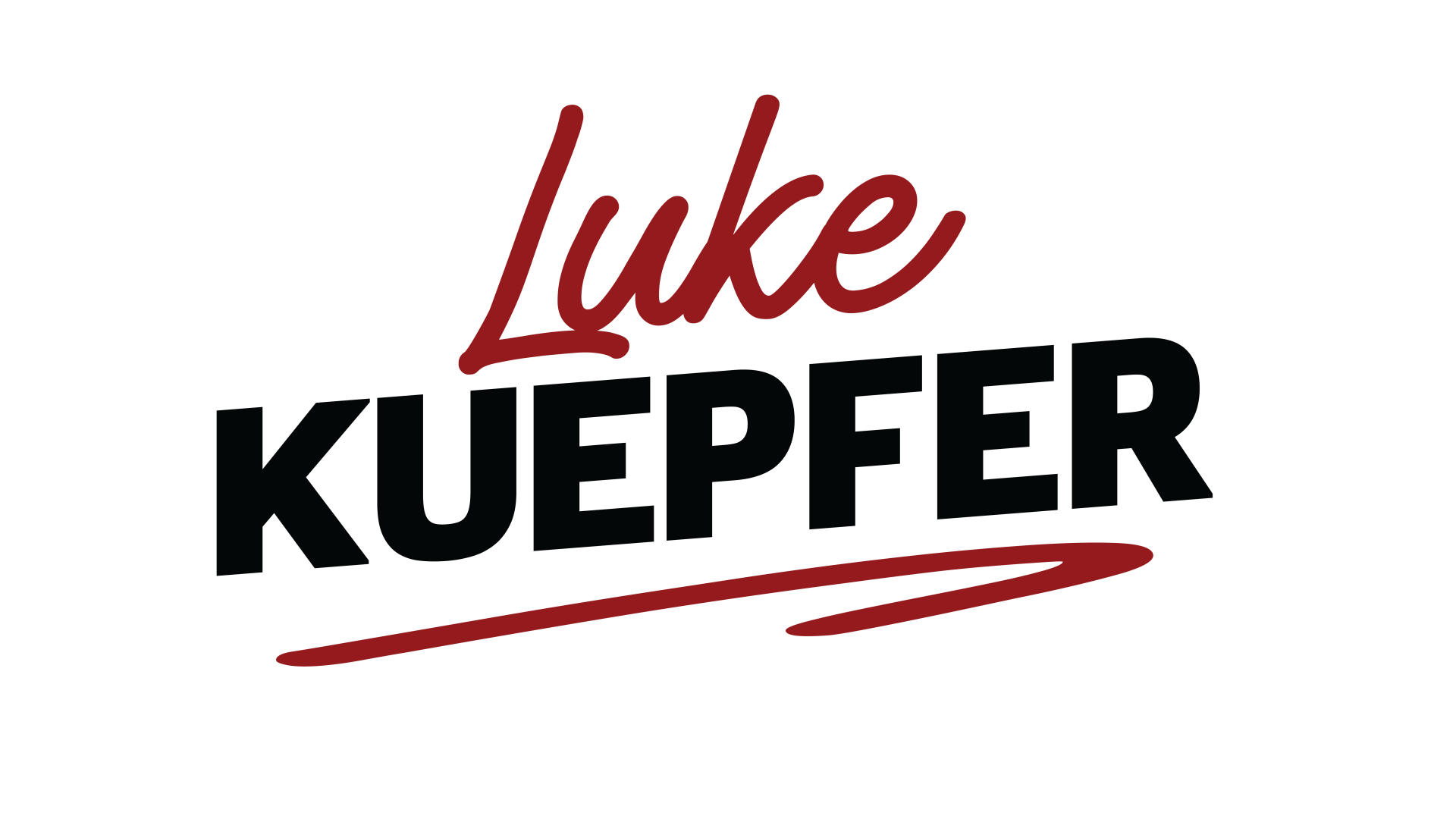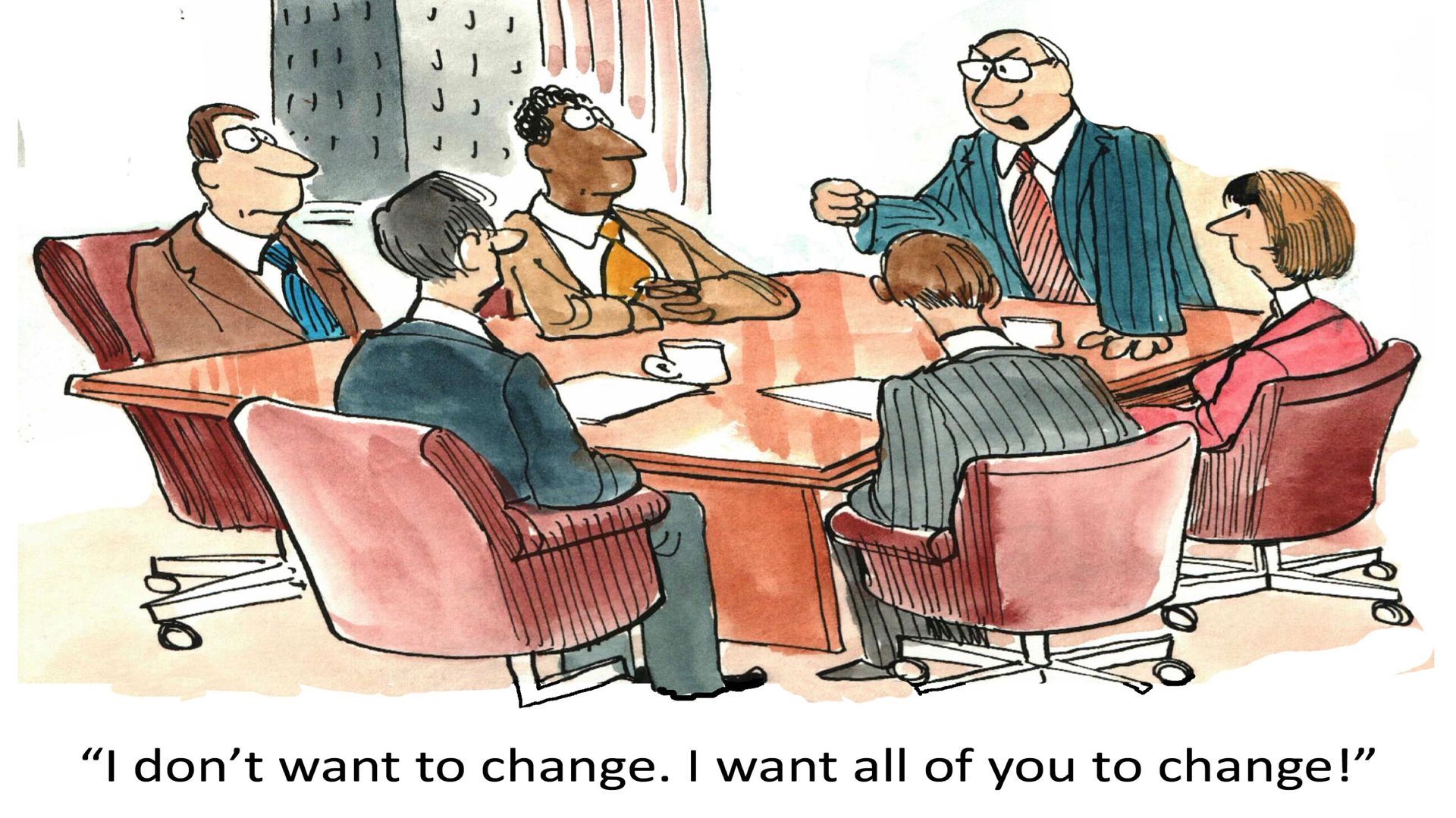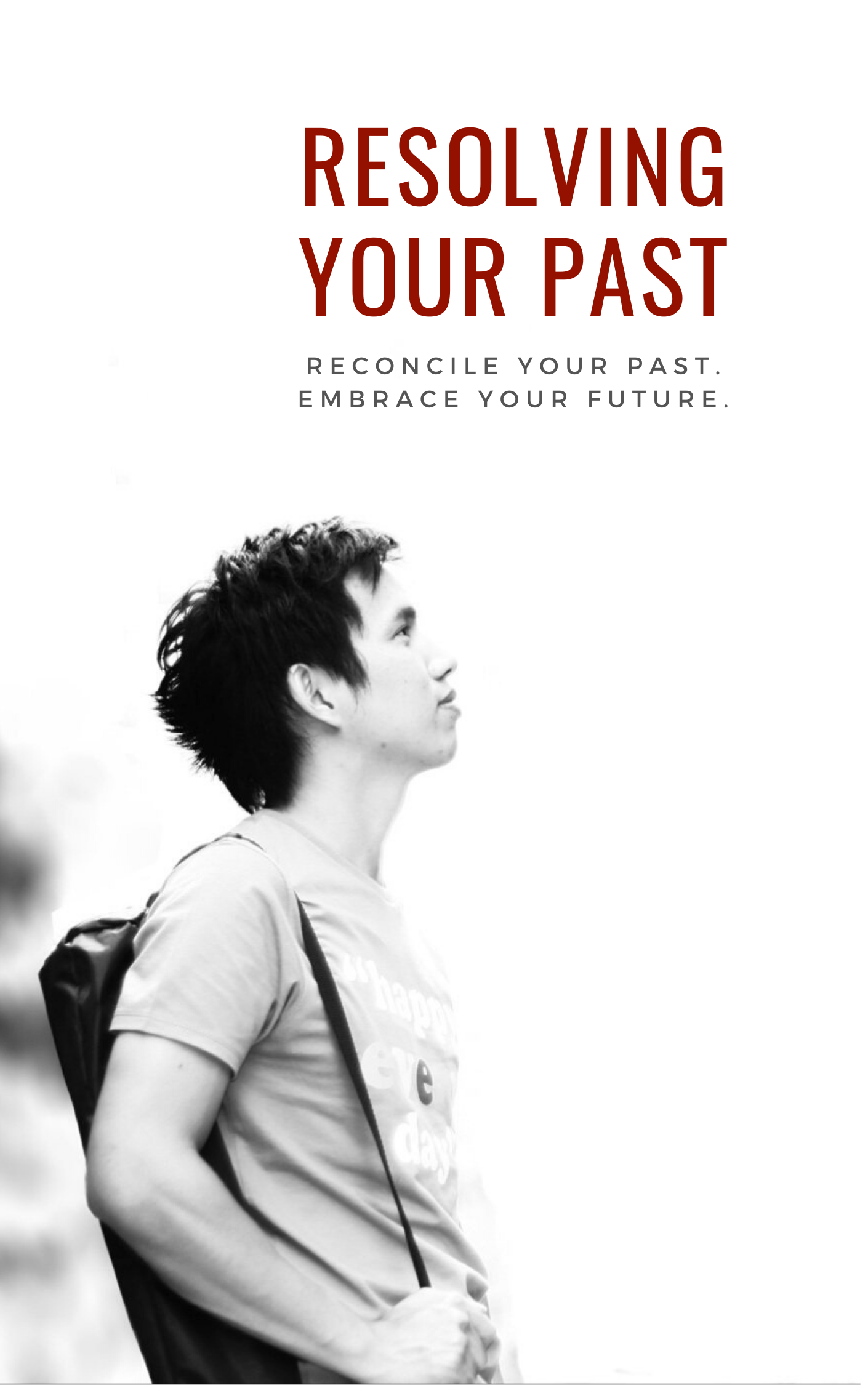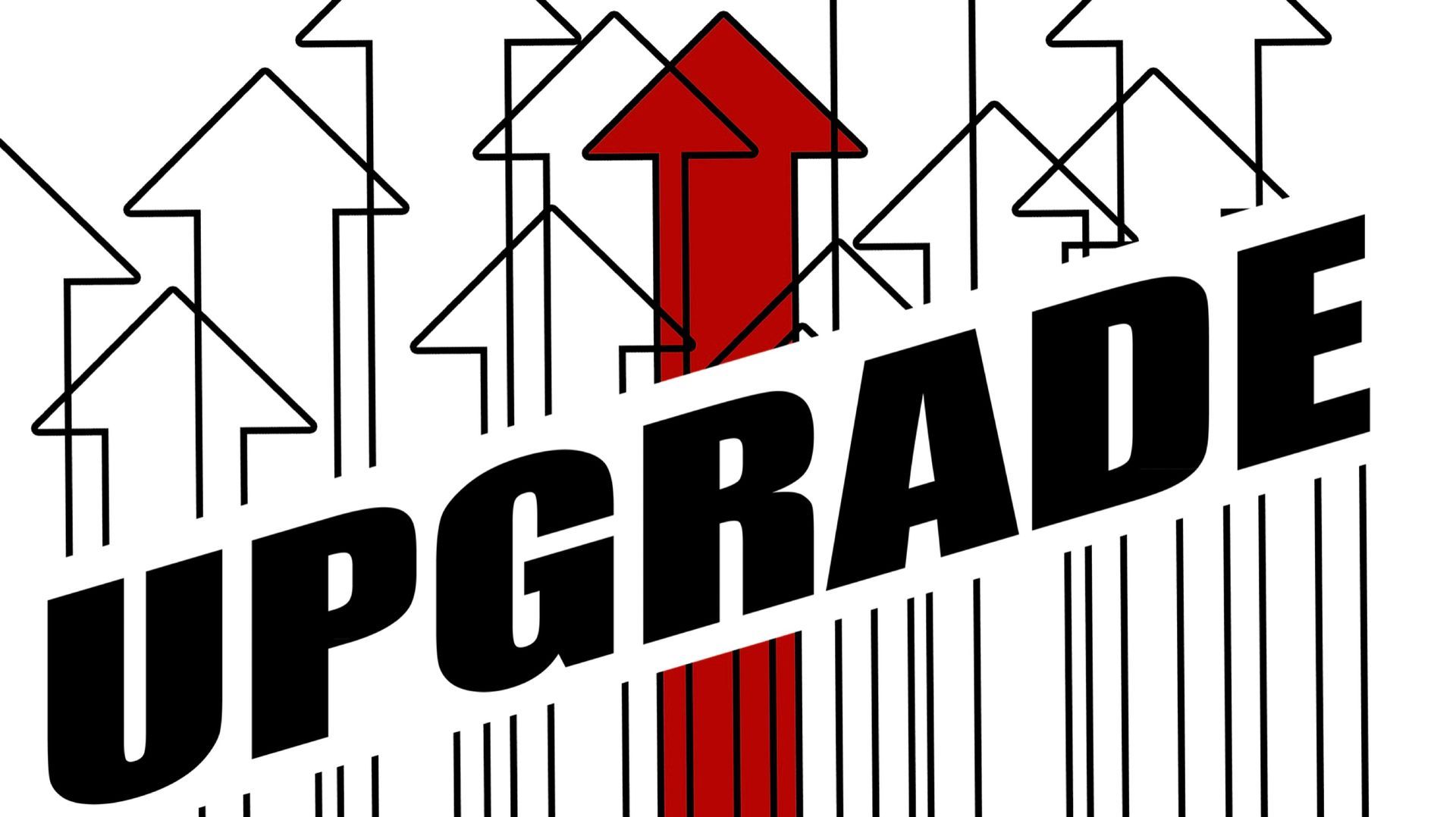Leaders Must Change First
Individual change is often required before organizational change can take place. Without it, Steven R. Covey says that, “duplicity and double-mindedness will breed cynicism and instability” (Source: Principle-Centered Leadership). Leaders must realize that their handling of change affects organizational change similar to the impact that trim-tabs have on the rudders of boats or airplanes. Adjusting trim-tabs or mini-rudders ever so slightly affect the larger controls and ultimately the overall direction of the ship. More to the point, the featured graphic with this post depicts a problem too often present in leadership (“I don’t want to change. I want all of you to change”).
Robert J. Clinton has pointed out that many leaders reach a plateau barrier in which they cease to further change and develop their skill sets. They become content with their level of ministry experience and development, and in that sense, their success becomes a barrier to future organizational success.
Understanding the reactions individuals have to change can help leaders in determining strategies to ease transitions. Embracing change can be awkward and sometimes very difficult to embed. The focus of our next few posts will be on understanding why change is so difficult and how to help our people make necessary changes and transitions.















